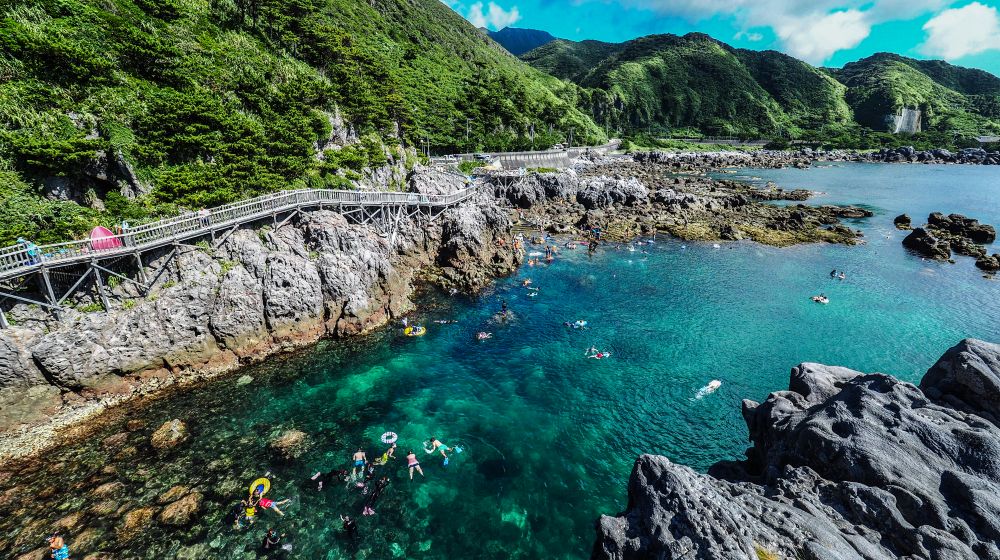
ONSEN RYOKAN YUEN SHINJUKU
Other Onsens in Tokyo
Tokyo
EDIT THE ESSENCE OF THE RYOKAN

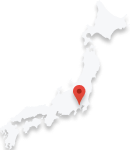
Tokyo is located almost in the center of the Japan archipelago and is the center of the political economy of Japan. The famous warlord Tokugawa Ieyasu, who was active from the Sengoku period to the early Edo period, opened the Edo shogunate in Tokyo in 1603, and it has developed to the present day.
Although Tokyo is small in area, it is a large city with the largest population in Japan, with about 14 million people. In the Pacific Ocean, there are the Izu Islands and the Ogasawara Islands, and these island areas also belong to Tokyo. Compared to the city center, which is lined with buildings, the island area is attractive because you can see the beautiful scenery rich in nature even though it is Tokyo.
In addition, Tokyo, the capital city, is very easily accessible from all over the world and has a well-developed public transportation system. Narita International Airport and Haneda Airport are also nearby, making it an attractive city for both domestic and foreign tourists. If you step into Tokyo, you will find many historical sightseeing spots such as the Imperial Palace, Asakusa Kaminarimon, Meiji Jingu Shrine, and Senbon Torii. Other attractions that symbolize modern Japan such as Odaiba, Tokyo Tower, and Skytree are also attractive.
If you visit Tokyo, it is essential to go to public baths and Onsens. In Tokyo, there are many facilities such as public baths and natural Onsens flowing from the source, so you can enjoy Japan's Onsen culture to your heart's content.
In this way, Tokyo continues to attract many people as a place where you can experience its history and culture, and if you visit for sightseeing, you will be able to enjoy the heartwarming "hospitality" of Japan.
Tokyo, the capital of Japan, is very accessible from both domestic and overseas. Tokyo is characterized by the fact that all kinds of public transportation, such as airports, subways, bullet trains, and buses, are well developed, and there are means of efficient transportation.
The main international gateways are Haneda Airport and Narita International Airport, and access to the city center is also very smooth. Tokyo is surrounded by subways and private railways, allowing you to move freely throughout the city. In addition, Tokyo has a well-developed expressway, and by using the Metropolitan Expressway, it is easy to access by car from the suburbs and other prefectures.
As you can see, Tokyo has a very well-developed transportation network, including public transportation and well-maintained roads, making it a very convenient city for tourists.
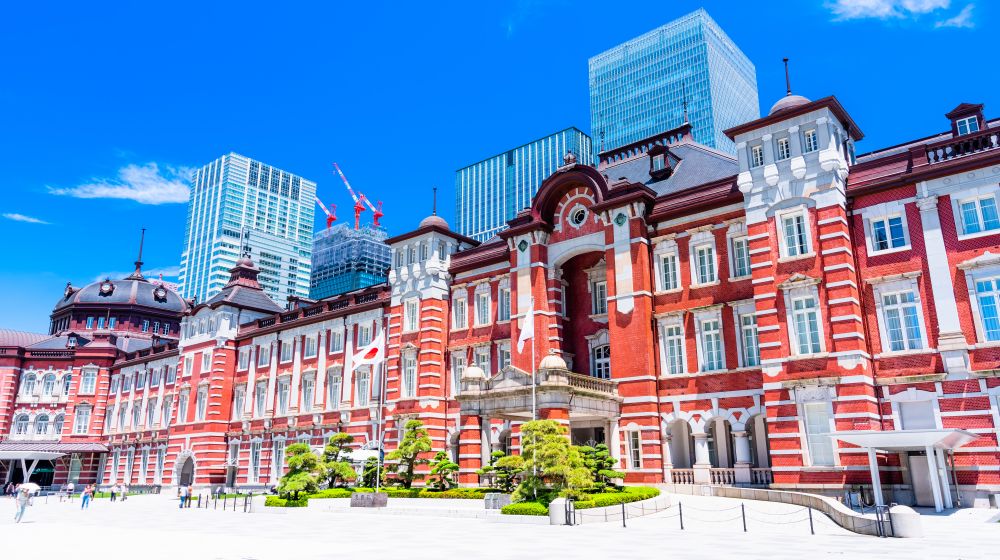
< Shinkansen >
Shin-Osaka Station (Tokaido/Sanyo Shinkansen) → Tokyo Station (about 2 hours 30 minutes)
< Airplanes and Trains>
Kansai International Airport → Haneda Airport → Haneda Airport Terminal 3 Station→ Shinagawa Station→ Tokyo Station (about 1 hour 40 minutes)
< Shinkansen >
Nagoya Station (Tokaido/Sanyo Shinkansen) → Tokyo Station (about 1 hour 40 minutes)
< Airplanes and Trains>
Nagoya Station→ Chubu Centrair International Airport Station→ Chubu Centrair International Airport→ Haneda Airport→ Haneda Airport Terminal 3 Station→ Shinagawa Station→ Tokyo Station (about 2 hours)
< Shinkansen >
Kyoto Station (Tokaido/Sanyo Shinkansen) → Tokyo Station (about 2 hours 10 minutes)
< Airplanes and Trains>
Kyoto Station → Kansai Airport Station→ Kansai International Airport→ Haneda Airport→ Haneda Airport Terminal 3 Station→ Shinagawa Station→ Tokyo Station (about 3 hours 20 minutes)
Tokyo is a city that has developed due to the opening of the Edo shogunate by the warlord "Tokugawa Ieyasu" who was active in the Edo period. From the Edo period, the population began to grow rapidly, and by the beginning of the 18th century, it had become a large city.
In 1868, the Meiji Restoration occurred, replacing the Edo shogunate with a new government, and the capital of Japan was Tokyo. After the Meiji Restoration, it became the political, cultural, and economic center of Japan and modernization progressed.
In Tokyo, as the times have changed, the culture of public baths and Onsens has also been inherited. Sento and Onsens have been closely related to Japan people since ancient times, and continue to be loved by many people even today.It is said to have originated in Buddhism, which was introduced in the 6th century, and began with the act of cleansing the body in a temple.
In the Edo period, public baths spread as places of relaxation for people, and in the Meiji era, they developed further and changed to a spacious and easy-to-use form. However, as time progressed, home baths became more popular, and the culture of public baths declined temporarily.
In modern times, the number of public baths equipped with various facilities such as saunas and jacuzzis is increasing, and the number of users is gradually increasing. Sento baths in Tokyo have inherited their culture and history, and have changed their shape with the times and are popular as an indispensable part of our lives.

There are many buildings in central Tokyo, but there are surprisingly many Onsens. Although it is located in a residential area, there are various facilities such as Onsens where you can enjoy a beautiful Japan garden and Onsens where you can enter while looking at the Tokyo Sky Tree.
The Onsens in Tokyo are relatively easy to access, and some of them are surrounded by nature, so they are very attractive. There are Onsens with a wide variety of benefits in the city center, each with its own charm. There are various types of Onsens such as "simple sulfur cold mineral spring", "alkaline simple Onsen", and "sodium chloride strong salt spring".
For example, the alkaline quality of the spring removes dead skin cells and makes the skin smooth after bathing in the Onsen. Sodium chloride strong salt springs also have the effect that it is difficult for the water to cool down.
In addition, Onsens in Tokyo, which have a variety of spring qualities, are attractive because they have many benefits such as muscle pain, joint pain, neuralgia, sensitivity to cold, fatigue recovery, and chronic digestive diseases.
In central Tokyo, not only Onsens but also public baths are thriving. The culture of public baths, which has been popular for a long time in the Edo period, can be said to be an indispensable existence for Japan.
As you can see, central Tokyo is easily accessible and has many Onsens and public baths, making it a great place for tourists to visit many Onsens.
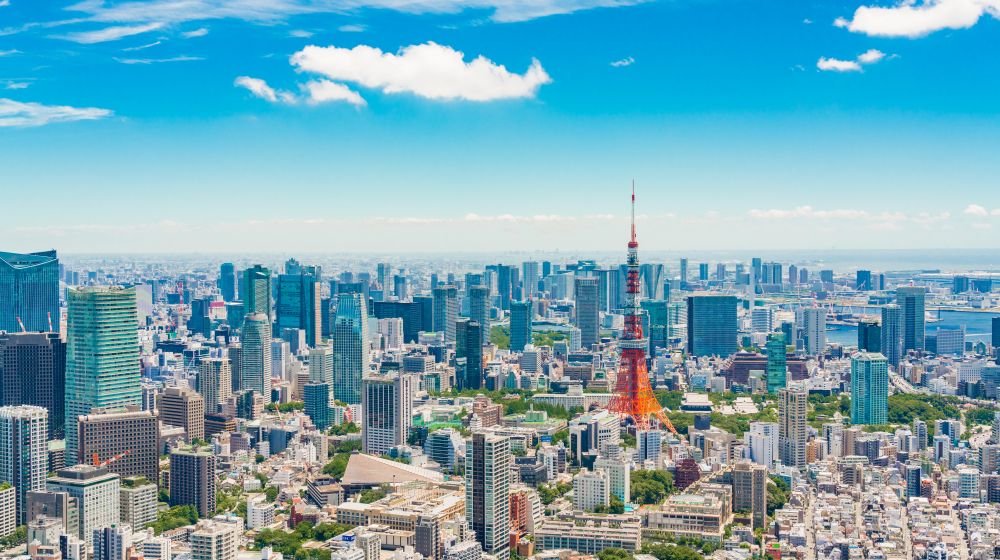
Shikinejima is an island rich in nature located in the Izu Islands of Tokyo.There are several Onsens on Shikinejima, and three in particular have their own charms: "Jihō Onsen", "Ashitsuki Onsen", and "Matsugashita Yayu".
First of all, the topography of Jihō Onsen has a special shape, and it was named because of the topography that looks like a rock split with a machete. The Onsen is also known as "internal medicine" and has a high temperature of 80°C, so you can find a place where it mixes with seawater and has just the right amount of hot water to bathe. The quality of the spring is iron sulfide, and in terms of efficacy, it is effective for neuralgia and sensitivity to cold.
Next, the Onsen with ashizuki is also known as "surgical Onsen" and is effective for cuts, abrasions, atopic dermatitis, etc. The source is a colorless and transparent carbonated spring, and the water sound is 55°C. It is a Onsen with a superb view that you can enter while looking at the sea that spreads out in front of you.
Matsugashita Yayu is a Onsen that you can enter regardless of the tide even though it is located on the seaside. The quality of the spring is iron sulfide spring, similar to that of Jihō Onsen, and it is effective for neuralgia and sensitivity to cold.
In addition to Onsens, there are many attractive spots on Shikinejima, such as abundant nature and highly transparent sea. It is also possible to take a dip in the Onsen at night, so you can soak in the Onsen while looking at the starry sky. Shikinejima is a little far from the city center, but it can be said that it is an attractive Onsen resort for those who want to see the spectacular scenery created by nature.
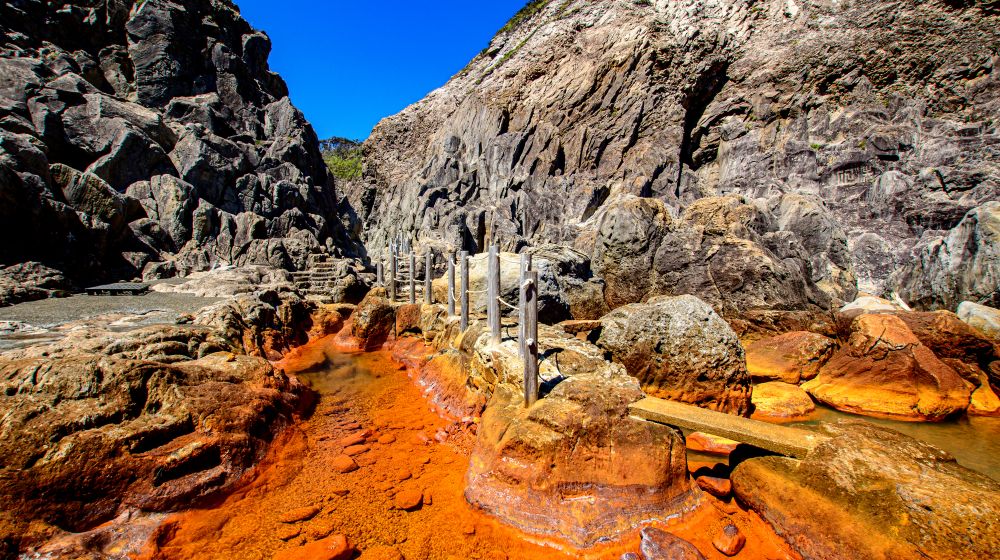
Located in the Izu Islands of Tokyo, Hachijojima is a beautiful place where you can enjoy a sense of openness that cannot be experienced in the city. It is possible to go to Hachijojima by plane, and it is only 55 minutes from Haneda Airport, and access is very good.
There are 7 Onsen facilities on Hachijojima, where you can enjoy a wide variety of Onsens. The Onsens are concentrated in the areas of Kashidate, Nakanogo, and Sueyoshi, and it is also attractive to be able to visit the Onsens efficiently. The Onsens include open-air baths with superb views, Onsens standing in unexplored areas, and Onsens wrapped in the pleasant scent of cypress, attracting tourists.
In particular, "Uramigataki Onsen" and "Sueyoshi Onsen" are very popular with tourists, and you can enjoy Hachijojima to your heart's content.
First of all, the Onsen of Uramigataki Onsen has the quality of a sodium-chloride strong salt Onsen, and the spring temperature is 64.3°C. It has many other effects such as joint pain, back pain, bruises, motor paralysis, and fatigue recovery. You can bathe in Uramigataki Onsen for free, and the Onsens standing in the middle of nature will allow you to forget your stress and refresh your body and mind.
Sueyoshi Onsen Miharashi no Yu is a strong salt Onsen containing iodine-sodium-chloride, and the spring temperature is 47.5°C. As for the efficacy, it has a wide range of effects, such as neuralgia, joint pain, motor paralysis, fatigue recovery, and sensitivity to cold. As the name suggests, Sueyoshi Onsen is located on a hill on Hachijo Island and you can enjoy a superb view. The view from the open-air bath will make you forget the fatigue of daily life and make it a memorable trip.

Kozushima, which is designated as Fuji-Hakone-Izu National Park, is located about 180 km south of central Tokyo. This island has a rich natural environment, and the fishing industry is thriving, ranking first in the Izu Islands in terms of catch. The sea route to the island is also stable and access is relatively good.
In Kozushima, where the fishing industry is thriving, there are also specialties such as "golden sea bream", and you can enjoy fresh seafood. In addition, Kozushima is an attractive place where you can observe the Milky Way when the starry sky is beautiful from autumn to winter, and when the air is clear.
Kozushima's Onsen facility, the Kozushima Onsen Recreation Center, is the only facility on the island, but it is fully equipped. In the facility, you can use a variety of baths such as a large open-air bath, a Onsen bath, and a sauna that use a natural rocky area.
The quality of the spring is sodium chloride strong salt spring, and the temperature of the source is about 57 degrees. The main effects are wide-ranging, such as stiff shoulders, neuralgia, back pain, frozen shoulders, sensitivity to cold, and chronic women's diseases. In this way, it can be said that Kozushima is a place packed with many charms, such as food and Onsens, in addition to the scenery woven by nature.
